Germany : Strong Demand and Innovation Drive Growth
Germany holds a commanding market share of 43.75% in the thermal camera sector, valued at $350.0 million. Key growth drivers include advancements in industrial automation, increased security needs, and government initiatives promoting energy efficiency. The demand for thermal cameras is rising in sectors like construction, automotive, and public safety, supported by regulatory policies aimed at enhancing surveillance and safety standards. Infrastructure development, particularly in smart cities, further fuels this growth.
UK : Diverse Applications Fuel Market Expansion
The UK thermal camera market is valued at $200.0 million, accounting for 25% of the European market. Growth is driven by rising demand in healthcare, security, and automotive sectors. The UK government has implemented various initiatives to enhance public safety and energy efficiency, which further stimulates market growth. The trend towards smart surveillance systems is also notable, with increasing adoption of thermal cameras in urban areas.
France : Innovation and Security Needs Drive Demand
France's thermal camera market is valued at $180.0 million, representing 22.5% of the European market. Key growth drivers include heightened security concerns and advancements in technology. The French government supports innovation through funding and regulatory frameworks that encourage the adoption of thermal imaging in various sectors, including healthcare and public safety. The demand for energy-efficient solutions is also on the rise, aligning with national sustainability goals.
Russia : Strategic Investments in Security Technologies
Russia's thermal camera market is valued at $150.0 million, making up 18.75% of the European market. The growth is driven by increasing investments in security and surveillance technologies, particularly in urban areas. Government initiatives aimed at enhancing national security and public safety are pivotal. The demand for thermal cameras is particularly strong in sectors like defense and infrastructure, where monitoring and surveillance are critical.
Italy : Industrial Applications Drive Market Demand
Italy's thermal camera market is valued at $100.0 million, accounting for 12.5% of the European market. The growth is primarily driven by industrial applications, particularly in manufacturing and construction. The Italian government has introduced policies to promote energy efficiency and safety, which support the adoption of thermal imaging technologies. Demand is also rising in the healthcare sector, where thermal cameras are used for diagnostics and monitoring.
Spain : Focus on Security and Energy Efficiency
Spain's thermal camera market is valued at $50.0 million, representing 6.25% of the European market. The growth is driven by increasing security needs and government initiatives aimed at enhancing public safety. The Spanish government has implemented regulations to promote energy efficiency, which supports the adoption of thermal cameras in various sectors. However, economic challenges may impact market growth in the short term.
Rest of Europe : Diverse Applications Across Various Sectors
The Rest of Europe thermal camera market is valued at $2.0 million, representing a small fraction of the overall market. Growth is driven by niche applications in sectors like agriculture, healthcare, and environmental monitoring. Various countries in this sub-region are beginning to adopt thermal imaging technologies, supported by local government initiatives aimed at enhancing safety and efficiency. The competitive landscape is characterized by smaller players and emerging technologies.

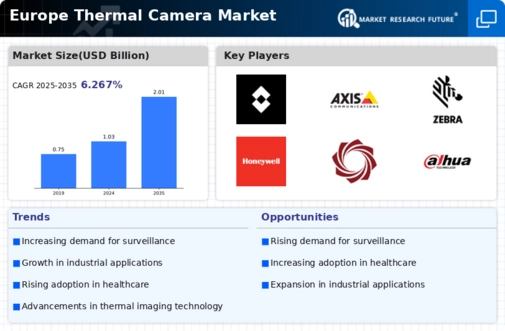
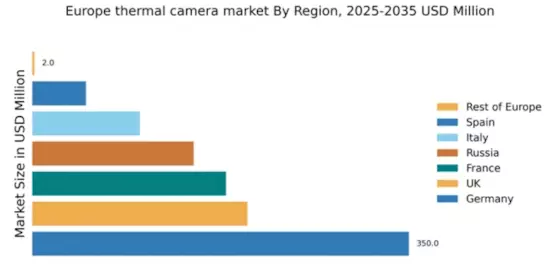
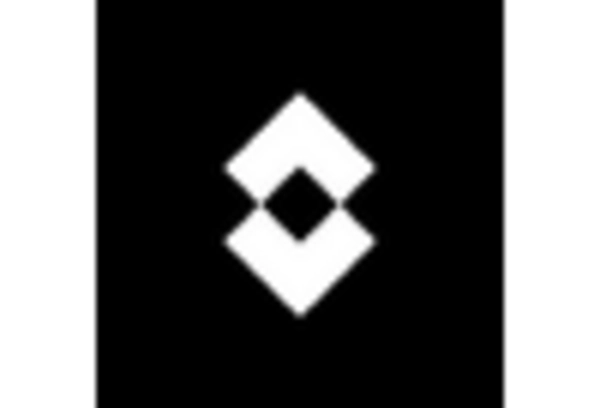

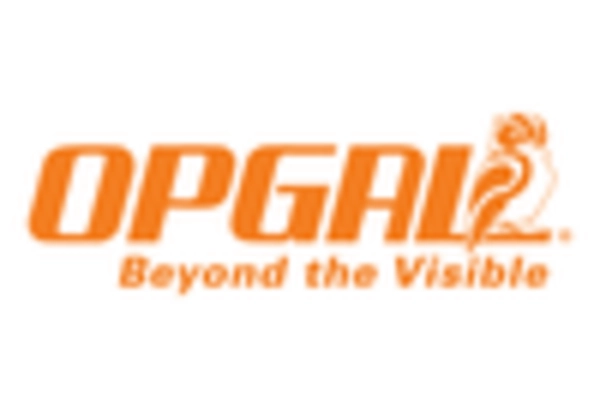

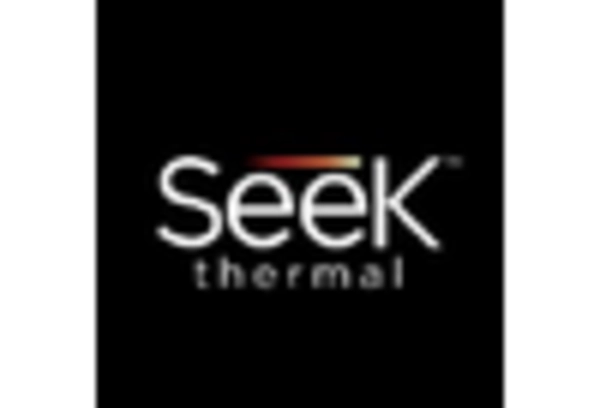
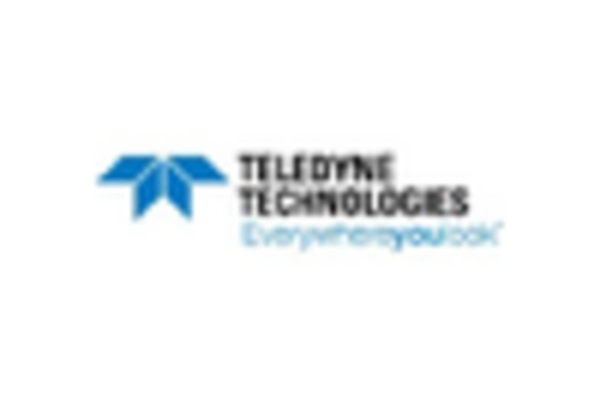








Leave a Comment